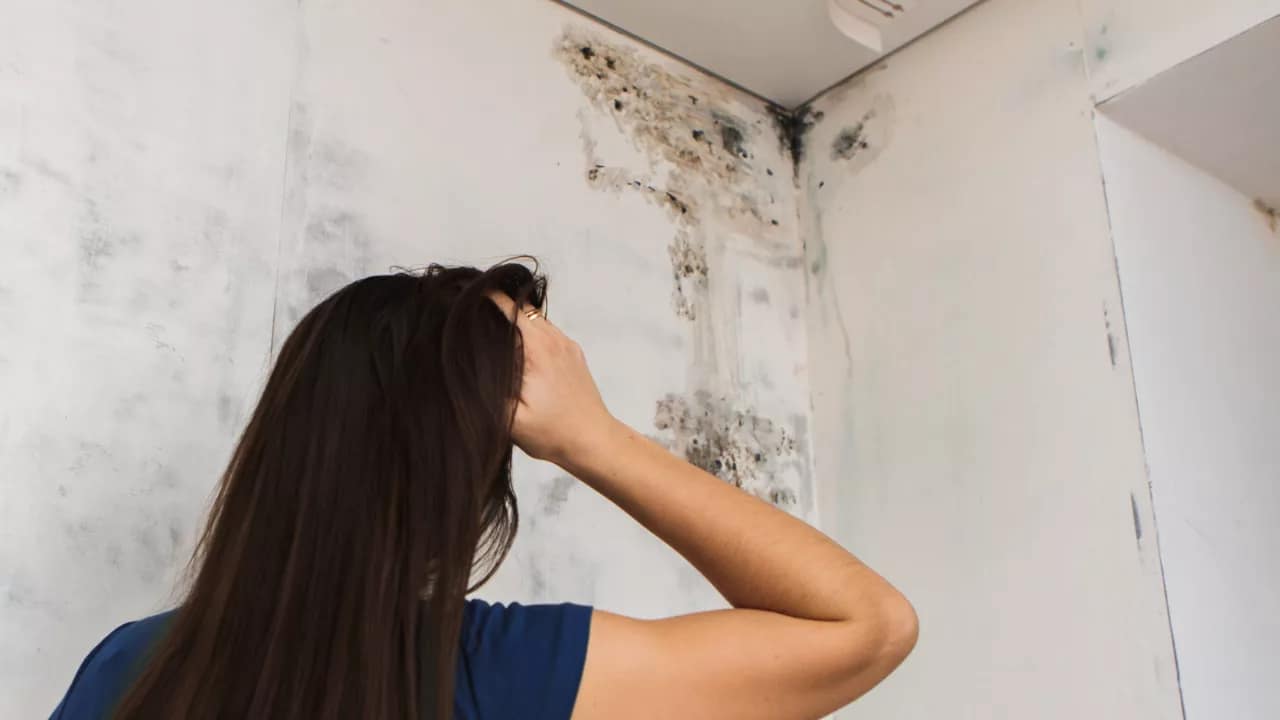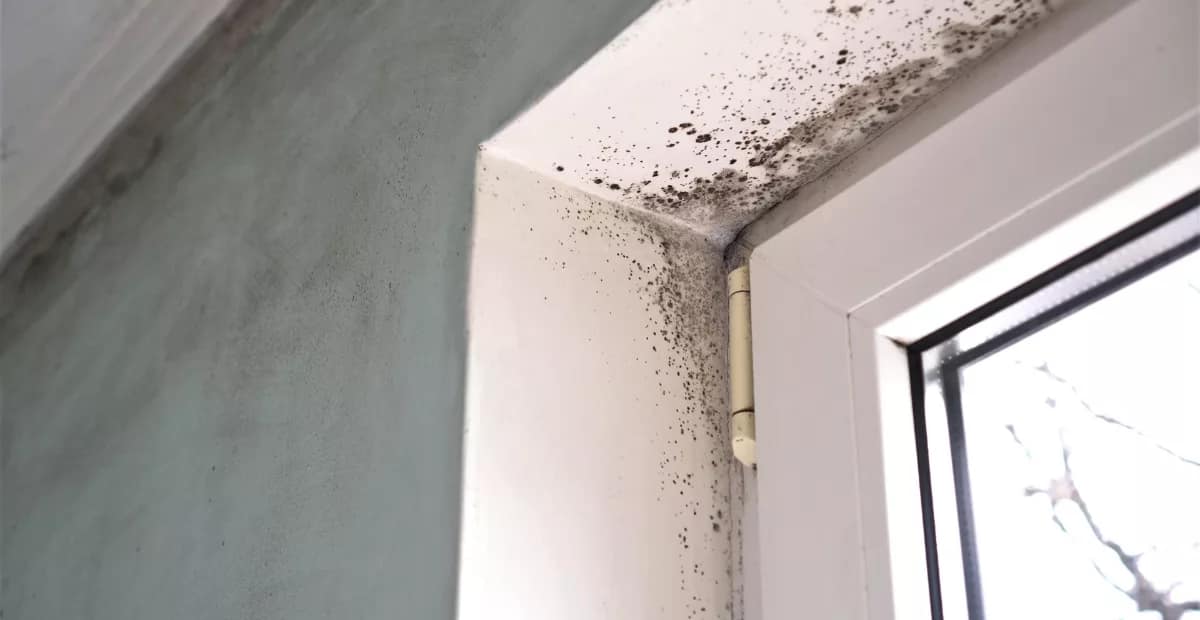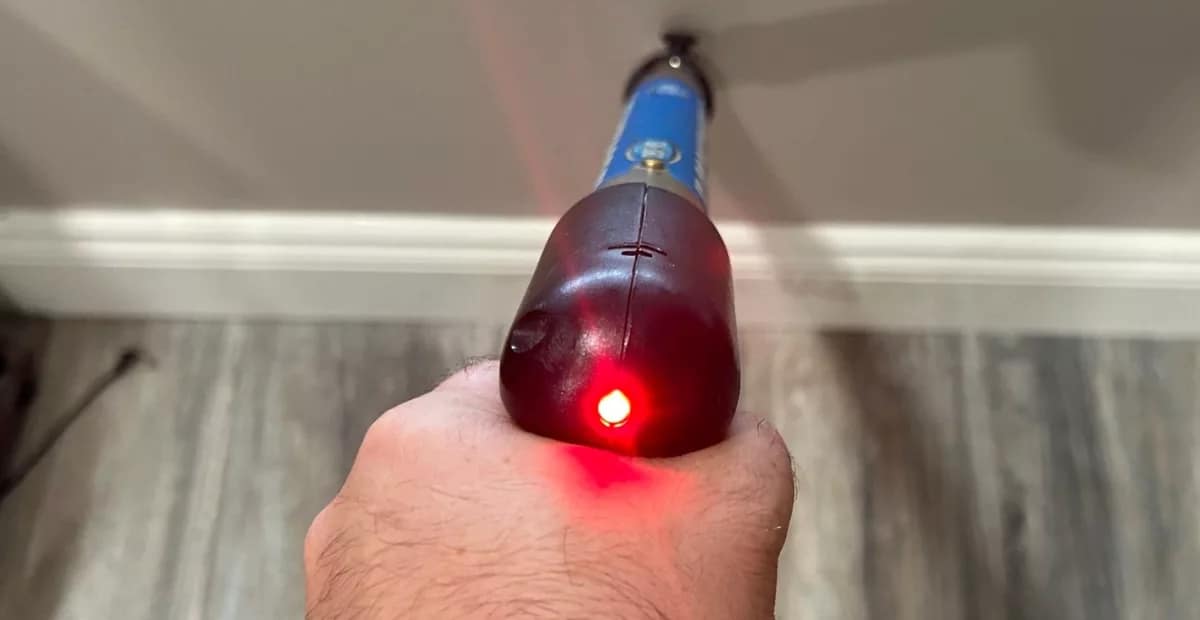In this comprehensive guide, we’ll delve into the causes of roof mold, its potential health impacts, signs of mold growth, prevention tips, professional removal services, and how different roofing materials can affect mold susceptibility.
What Causes Mold to Grow in Roofs?
Mold growth in roofs happens when mold spores find a suitable environment to grow. This usually involves a combination below:
- Moisture: Leaky roofs, poor ventilation, and high humidity levels create the perfect environment for mold to thrive.
- Organic matter: Debris like leaves, twigs, and dirt accumulated on roofs provide nutrients for mold growth.
- Poor insulation: Inadequate insulation can lead to condensation buildup, promoting mold formation.
Roof leaks are the most frequent cause of roof mold. If you notice a patch of dampness, mold, or rot, it’s likely the result of a water leak or damage to the roof, which creates the humid, damp environment necessary for mold growth. Even while roofs are made to withstand rain, leaks, condensation, or high humidity levels can still cause them to get damped. So, mold prevention must be carried out. Better yet, mold removal should be the priority.
How can Mold in Roofs Affect the Health of Individuals?
Mold is a toxic fungus. It releases tiny spores during reproduction that are invisible to the human eye and float in the air. A large portion of people’s immune systems can withstand small quantities of these harmful spores, but those who inhale them and have weaker immune systems, allergies, severe asthma, or lung diseases face the risk of developing health issues.
Health issues caused by mold may be one of the following:
- Allergic individuals might experience the following allergic reactions: Rashes, sore throat, dry cough, watery red eyes, sinusitis, mucus build-up, wheezing, and shortness of breath.
- For those who have asthma, an asthma attack: Can cause a dry cough, dyspnea, tightness in the chest, and breathing difficulties.
- People with lung and respiratory infections: May have fever and breathing difficulties as medical conditions.
- Individuals with weaker immune systems: Headaches and nausea.
Mold spores can make anyone sick when they are present in high concentrations. See a medical professional as soon as possible if you have concerns about how mold has influenced your health or the possible health risks related to roof mold.
What are Some Signs of Mold Growth in Roofs?
- Musty odor: A strong, earthy smell in your home may indicate mold presence.
- Discoloration: Dark spots or patches on ceilings and walls are telltale signs of mold growth.
- Peeling paint or wallpaper: Moisture from roof leaks can cause paint and wallpaper to peel or bubble.
How can Homeowners Prevent Mold from Growing in Their Roofs?
It’s critical to have roof maintenance if you detect roof leaks, dampness, or mold developing on your walls or ceiling because the majority of roof molds take 24 to 48 hours to develop. The severity of the harm caused by mold increases with its growth. In addition to being dangerous, ceiling mold can permanently harm your ceilings.
Moisture control in your home is one of the best strategies to combat mold growth, as it can only flourish in environments with adequate moisture. The following are some doable actions you can take to stop roof mold:
- Regular roof inspections: Schedule annual inspections to check for leaks, damaged shingles, and signs of mold growth.
- Maintain gutters and downspouts: Clean gutters regularly to prevent water from pooling on the roof.
- Improve ventilation: Install attic vents and fans to promote air circulation and reduce moisture buildup.
- Trim trees and branches: Keep trees trimmed to prevent debris buildup on the roof and reduce shade that promotes mold growth.
Are There Professional Services Available for Removing Mold from Roofs?
Yes, professional mold removal services can effectively eliminate mold infestations in roofs. These services typically include:
- Inspection: Thorough assessment of the extent of mold growth and identifying the underlying causes.
- Remediation: Removal of mold-infested materials, thorough cleaning, and disinfection to prevent recurrence.
- Prevention: Recommendations for improving ventilation, repairing leaks, and maintaining a dry environment to prevent future mold growth.
How do Professional Mold Removal Services Address Mold Infestations in Roofs, and are They Effective in Mitigating Health Risks?
Professional mold removal services get rid of mold from roofs safely and effectively using specific methods and tools. Through the implementation of preventative measures that tackle the underlying causes of mold growth, these services may successfully reduce the health risks associated with mold exposure.
Are There Specific Types of Roofing Materials or Designs that are More Prone to Mold Growth, and How can Homeowners Address these Vulnerabilities?
Since the pores are permeable, some roofing materials—like wood and asphalt shingles—are more prone to the spread of mold. On top of that, water can collect on flat or low-slope roofs, which raises the possibility of mold growth.
Homeowners can address these vulnerabilities as part of their home maintenance by:
- Choosing mold-resistant roofing materials: Opt for metal, tile, or slate roofs that are less prone to mold growth.
- Improving drainage: Ensure proper slope and drainage systems to prevent water accumulation on the roof surface.
- Regular maintenance: Promptly repair damaged shingles, sealants, and flashing to prevent moisture intrusion and mold growth.
Conclusion
Roof mold can seriously harm your health and undermine the structural stability of your house; it’s not just an aesthetic problem. Homeowners can safeguard their well-being and maintain the structural integrity of their roofs by understanding the factors that contribute to the formation of mold, identifying the indications of an infestation, and taking preventative action. In order to handle mold infestations and reduce health risks, professional mold removal services offer effective solutions that guarantee satisfying results for a safe and healthy living environment for you and your family. By taking preventative measures to keep mold out of your house, you may be secure in the knowledge that both your investment and your health are being protected.



